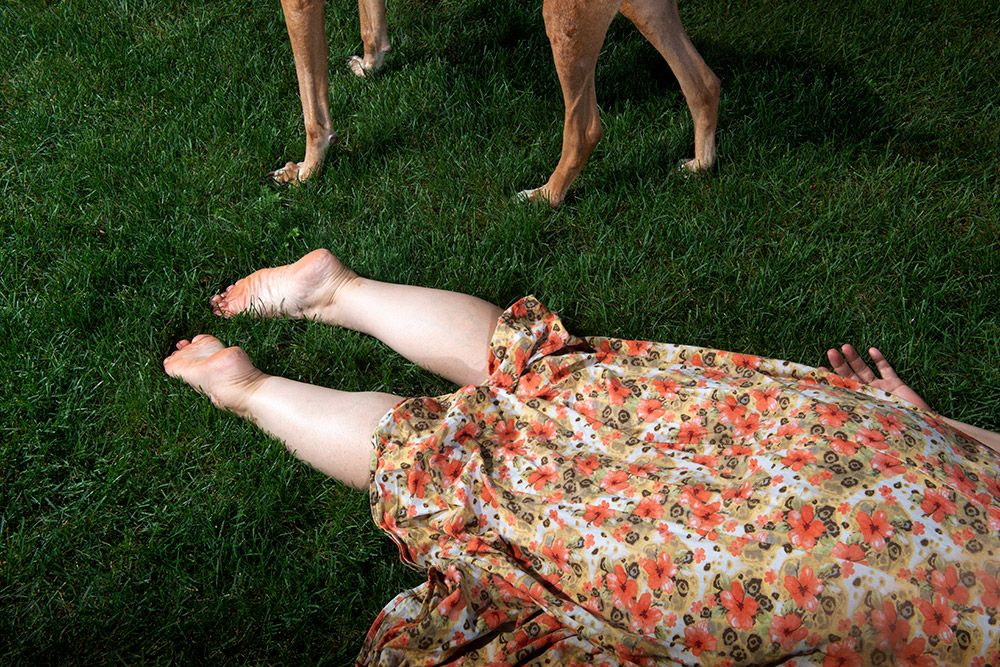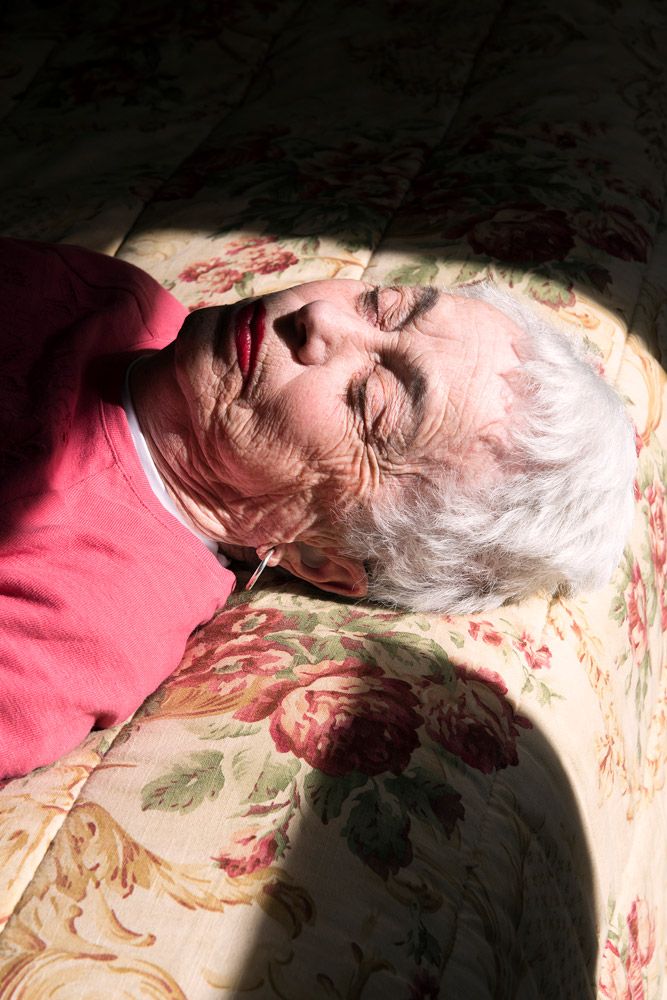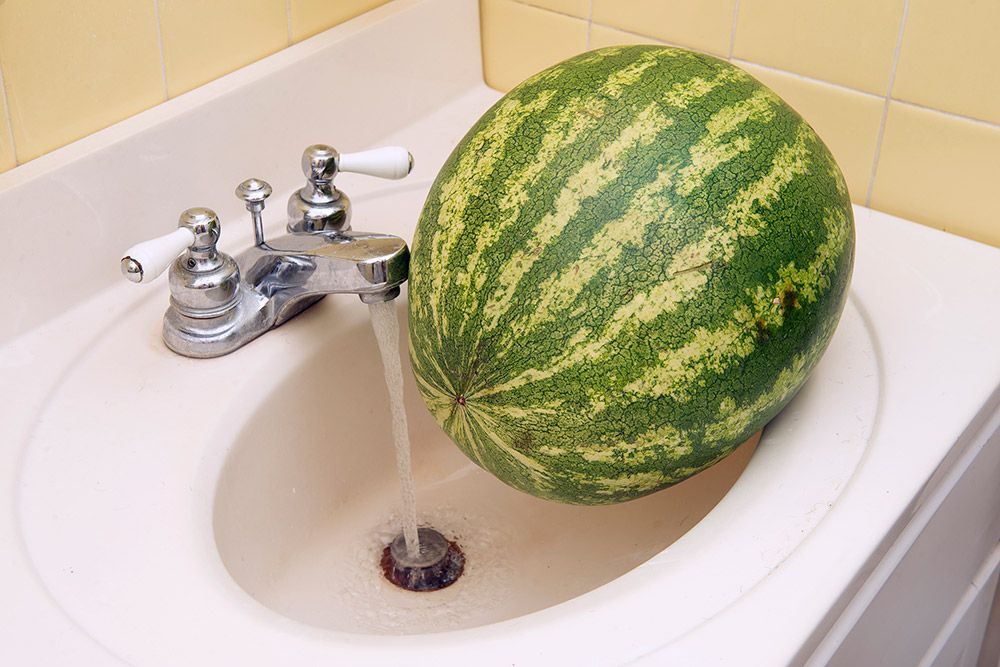blog
Interview with photographer Allison DeBritz

Accept That it is Your Duty to Keep the Peace
F-Stop Magazine: How did you first become involved in photography and what led to you working in this medium as an artist?
Allison DeBritz: I grew up in a really creative household – my mother is an artist- so I was always making things as a kid. I took my first darkroom photography class at age 16 but it wasn’t until my senior year that I really started to consider photography as a career. I had an amazing photo teacher who really encouraged me to pursue it, so I applied for the photography program at SUNY New Paltz and never looked back! Sometimes I wonder how I ended up being a photographer, but I think I was really meant to be doing this. Photography is the perfect medium for me and for the way I work.
F-Stop: The current issue of F-Stop Magazine includes images from your ongoing thesis work, can you tell us about this project and how it came about?
AD: This project began about two years ago when I started graduate school. As a woman who wants to have a career and a family I have always suffered from a deep-seated anxiety that I will become trapped in my role as a mother in the future – unable to escape the societal expectations of what a mother should be, therefore eliminating the possibility of being a successful practicing artist. This fear was really the impetus for this body of work. On my mother’s side, I am the third generation of female artists– my grandmother, my mother and myself. Despite their talent and education, both women became wives, mothers and homemakers, giving up their artistic careers in lieu of having a family. The connections between these repeating matrilineal strains and interrupted artistic practices deeply affects my ability to imagine my own future as an artist and mother. My mom’s decision to give up her career as an artist to raise my siblings and I is really what made me the artist I am today. Even though I was greatly advantaged by this decision, I always sensed that my mother felt unsatisfied or regretful in some way. The tension between my mother’s love of her family and her disappointment and frustration in not pursuing her career is something that has always fascinated and terrified me. I use my work as a way to better understand my feelings and heal. This series functions as a vehicle for me to explore and validate my mother’s experience – allowing me to consider my own future. It also gives me the chance to empower women who have shared experiences. The opportunity in this work for my mother and myself to celebrate our strengths, while also honestly exploring our painful and anxious experiences, validates the complicated and nuanced understanding we have of ourselves as women, mothers and future mothers.

Reality Doesn’t Support Her Grandiose View
F-Stop: Can you discuss your process for making these images or your creative process more generally?
AD: I began photographing myself and my sister at a very young age. At first this was out of necessity (we were accessible models)- now photographing myself and the women in my life is the backbone of my work. My mother has been my main subject for the last few years but my sister, grandmother and myself appear in the images as well. The women around me are the inspiration for this series and serve as the prominent characters in the images. My mother continues to contribute to my work-making process and working with my mom is really rewarding because we inspire each other.
My images are highly staged and directed. I begin each shoot with a single idea, normally inspired by a prop or space. My shoots are planned but I follow my intuition when shooting and that often leads to my best images. I am never afraid to veer into the unknown and try something really weird. I use artificial light to create dramatic and unsettling images. The use of lighting is important to me because it provides the tools I need to fully control my mood of my images. Because I photograph myself and the people I am close to, I am able to direct my subject easily. When I work with my mom and sister they collaborate with me in the process and may suggest poses, props, or locations to shoot. Their willingness to be vulnerable in front of the camera and try all my ideas allows me to experiment while shooting.
F-Stop: How do you choose what or who to photograph, what are you looking to capture?
AD: I touched upon this in the last question – but the women in my life are always prominent in my images. Working with them allows a level of comfort and freedom that is hard to establish with someone I am not as close to. Props are another large part of my work. They can function in tandem with the human figure or be a stand in for the body. I have used fabrics in my work for years. I am drawn specifically to floral patterns because of their connection to the domestic and the feminine. When I was younger and living at home I would rifle through my mom’s linens before starting a photoshoot and almost always find something interesting. I have continued to use these fabrics in my work today. They are an homage to my mother and also create instant recognition with the viewer by eliciting nostalgia and familiarity through design and colors. I use fabrics as texture, background, object or costumes. The possibility of pattern and color allow me to create different moods and meaning. The repetition of these fabrics also allows them to become their own character. Sometimes they hide and conceal the body and other times they highlight it. The fabrics often repeat themselves in the body of work, serving as a background in one image and the main subject in another.
F-Stop: How would you describe your work to someone viewing it for the first time?
AD: I think my images are weird! They can be disorienting and sometimes off putting, but they draw you in with their bright colors and intense lighting. They feature women and domestic objects and often use texture and pattern. There is also collage work that employs people, patterns and space to create a totally fabricated image. Another important thing to mention- there are no men in my images and this is very intentional! This erasure of men is multifaceted – it reflects the emotional responsibility that women take on alone when becoming mothers and creates a protected place for women to explore the tumultuous and complicated experiences of living in a hegemonic patriarchal society. More specifically, it creates a space for myself and my mother to explore our own experiences regarding womanhood and motherhood, without judgement. My images are playful yet precise, and they create a world where women are able to freely express themselves- their fear, regret and joy – without judgement.
F-Stop: Do you have a favorite image in this series? If so, which one and why is it the image that speaks to you most?
AD: Right now I am really obsessed with “After the Babies Were Born,” the image of the watermelon in the sink. This is an example of an image where I just followed my gut and it worked. I was shooting in the tiny yellow bathroom in my parent’s house (my childhood home) and I had a completely different image in mind that I was trying to make. I went into the garage to get something for the shoot and saw this watermelon just sitting there – I knew I had to photograph it. When I realized it didn’t fit in the sink, I was even more fascinated. This image really elicits tension and frustration and gets at that weirdness I was talking about before. My younger brother saw my shooting this and thought I was crazy, but I think it is one of the best images I have made in a long time.

After the Babies Were Born
F-Stop: Are you working on any other projects currently?
AD: This is the only project I am working on right now, but it has a lot of layers. I have a video piece that is also part of this series that I am re-working and I am starting to plan out my installation for this show. This work is my MFA thesis project, so I want to give it all my attention. I have started brainstorming about new project ideas though and I plan to start something new in the spring.
F-Stop: What photographers or other artists inspire you?
AD: There are a lot of artists that inspire me! I love Natalie Krick’s work, especially her use of color and collage. Kaari Upson is a multimedia artist that really intrigues me. Her work is so obsessive and weird- I am always fascinated by it. I love the work of LaToya Ruby Frazier, specifically how she works in collaboration with her mother. Lucas Blalock’s use of collage has always served as inspiration for me. Some other artists I have been looking at recently are Dionne Lee, Anna Grevenitis, Elliott Jerome Brown Jr., Sara Perovic, Farah Al Qasimi, Pacifico Silano and Daniel Gordon- just to name a few!
To see more of Allison DeBritz’s work, visit her website at www.allisondebritz.com or check out the Portfolio 2020 issue of F-Stop!
Location: Online Type: Featured Photographer, Interview
Events by Location
Post Categories
Tags
- Abstract
- Alternative process
- Architecture
- Archives
- Artist residency
- Artist Talk
- Biennial
- Black and White
- Book Fair
- Car culture
- Charity
- Childhood
- Children
- Cities
- Collaboration
- Community
- Cyanotype
- Documentary
- Environment
- Event
- Exhibition
- Faith
- Family
- Fashion
- Festival
- Film Review
- Food
- Friendship
- FStop20th
- Gender
- Gun Culture
- Habitat
- home
- journal
- Landscapes
- Lecture
- Love
- Masculinity
- Mental Health
- Migration
- Museums
- Music
- Nature
- Night
- nuclear
- Photomontage
- Plants
- Podcast
- Portraits
- Prairies
- Religion
- River
- Still Life
- Street Photography
- Tourism
- UFO
- Water
- Zine

Leave a Reply